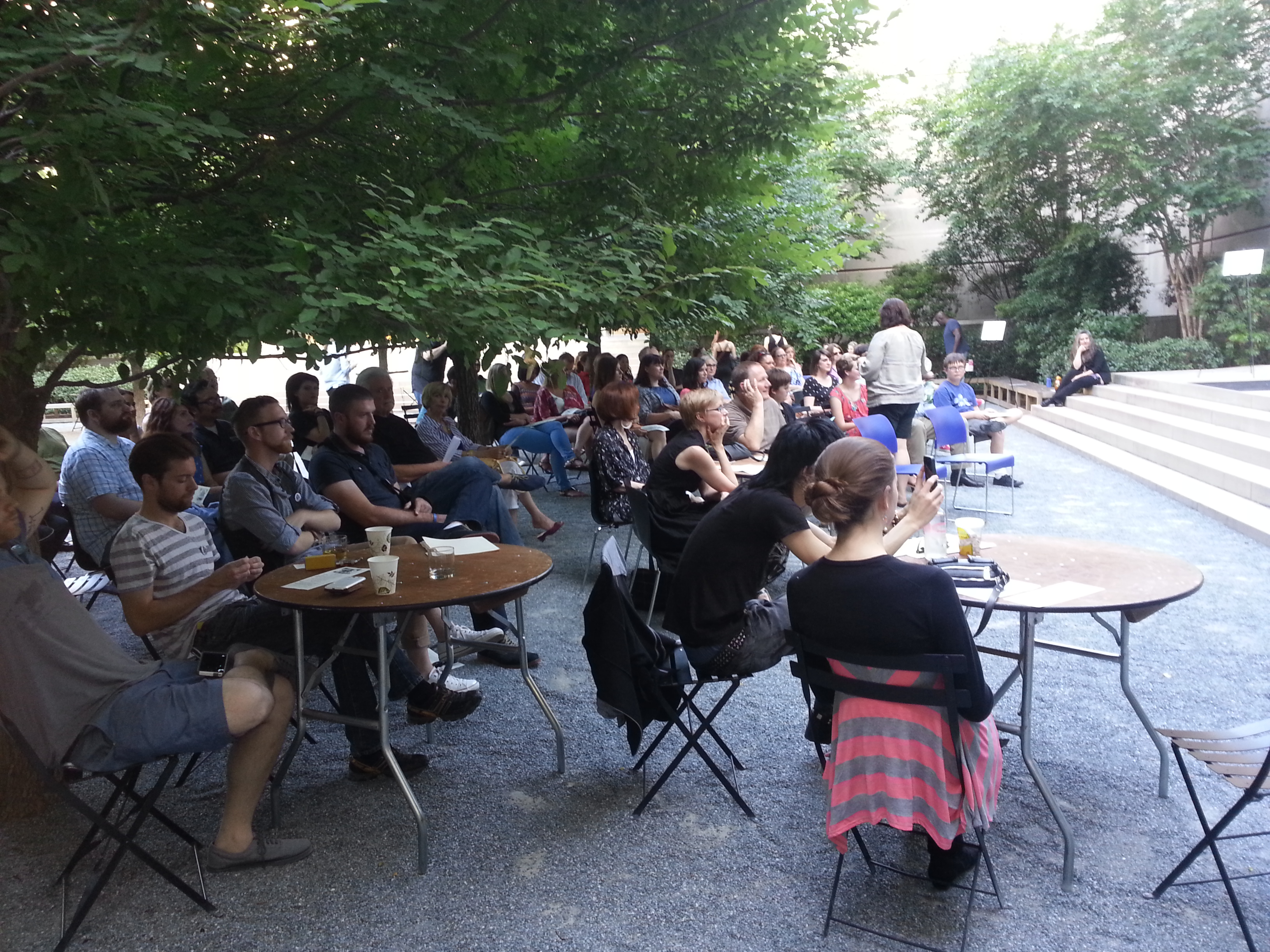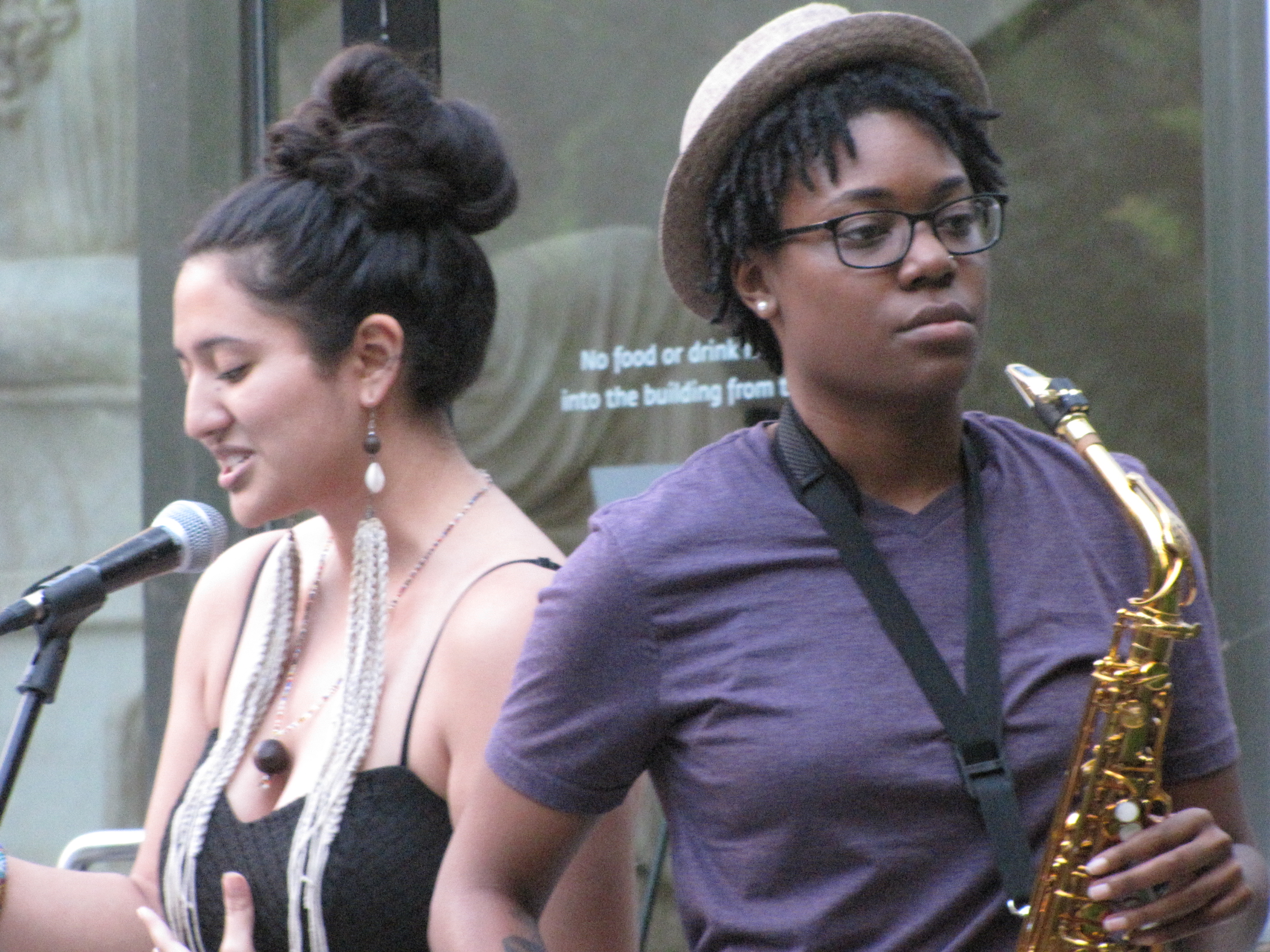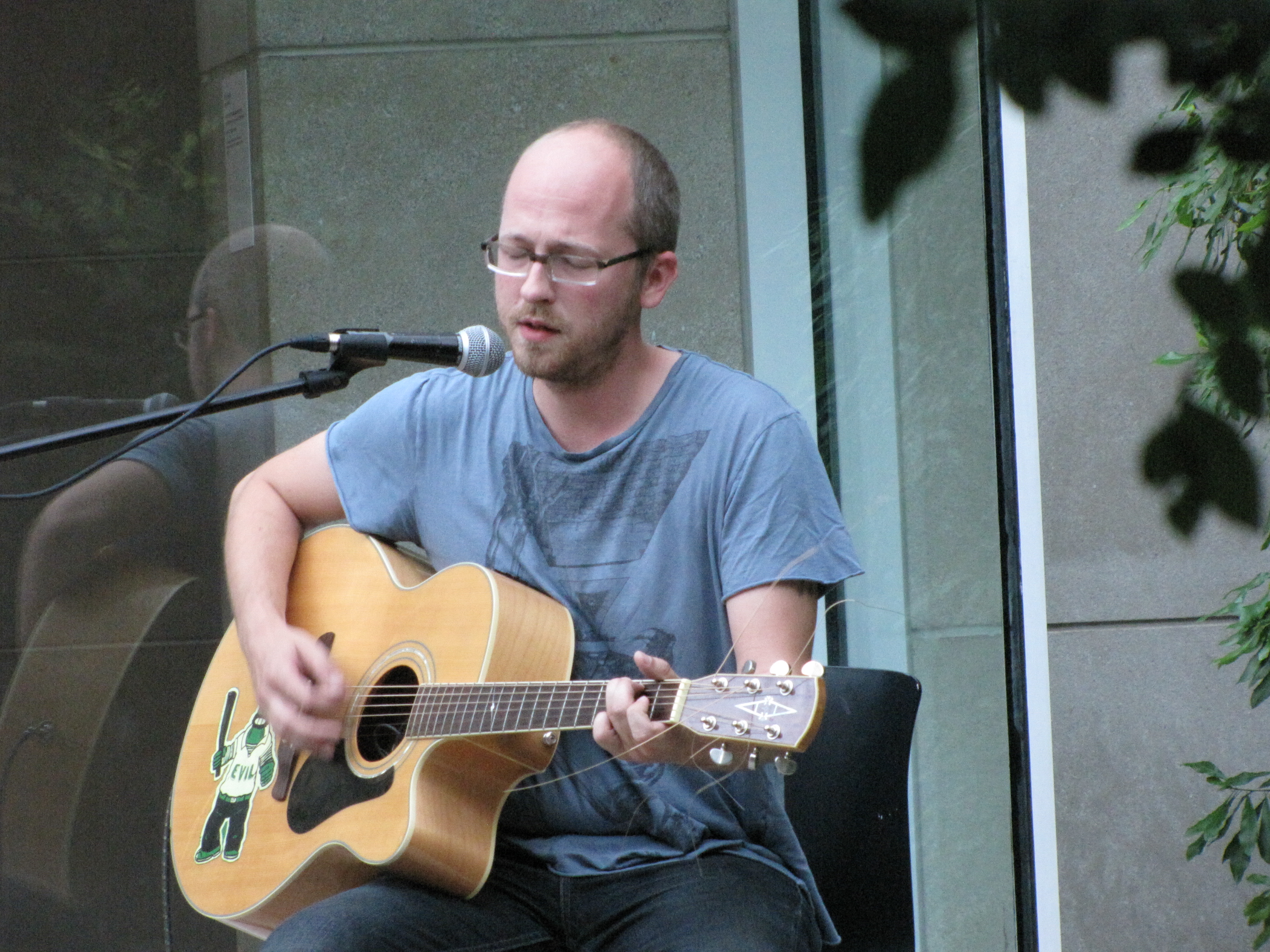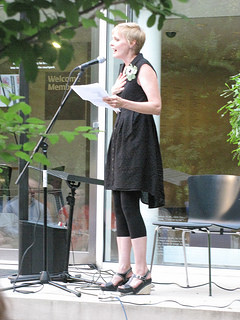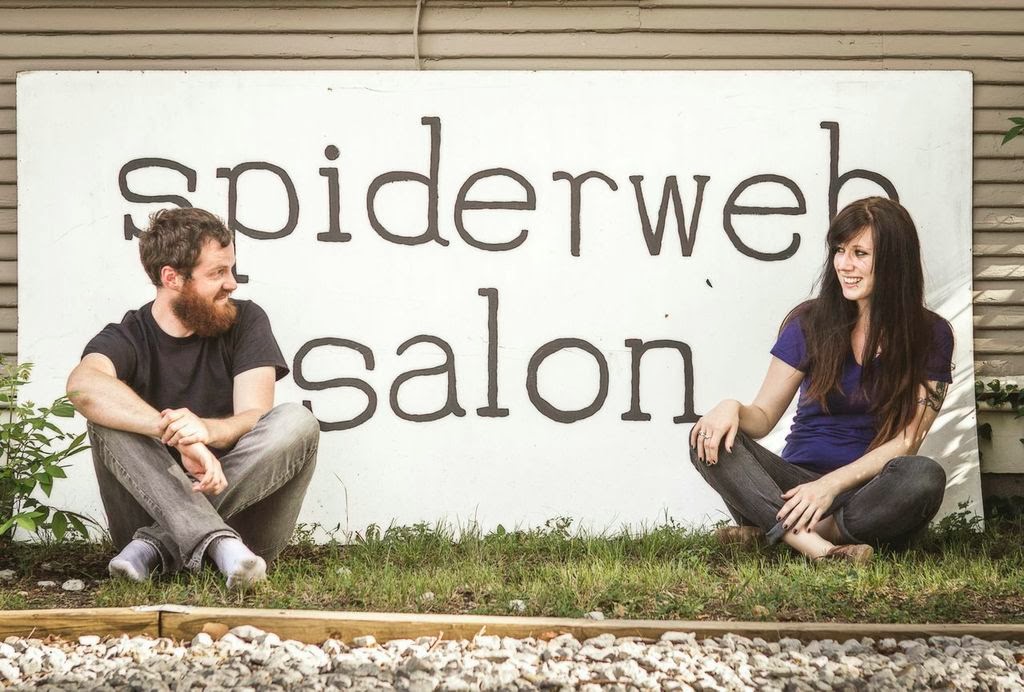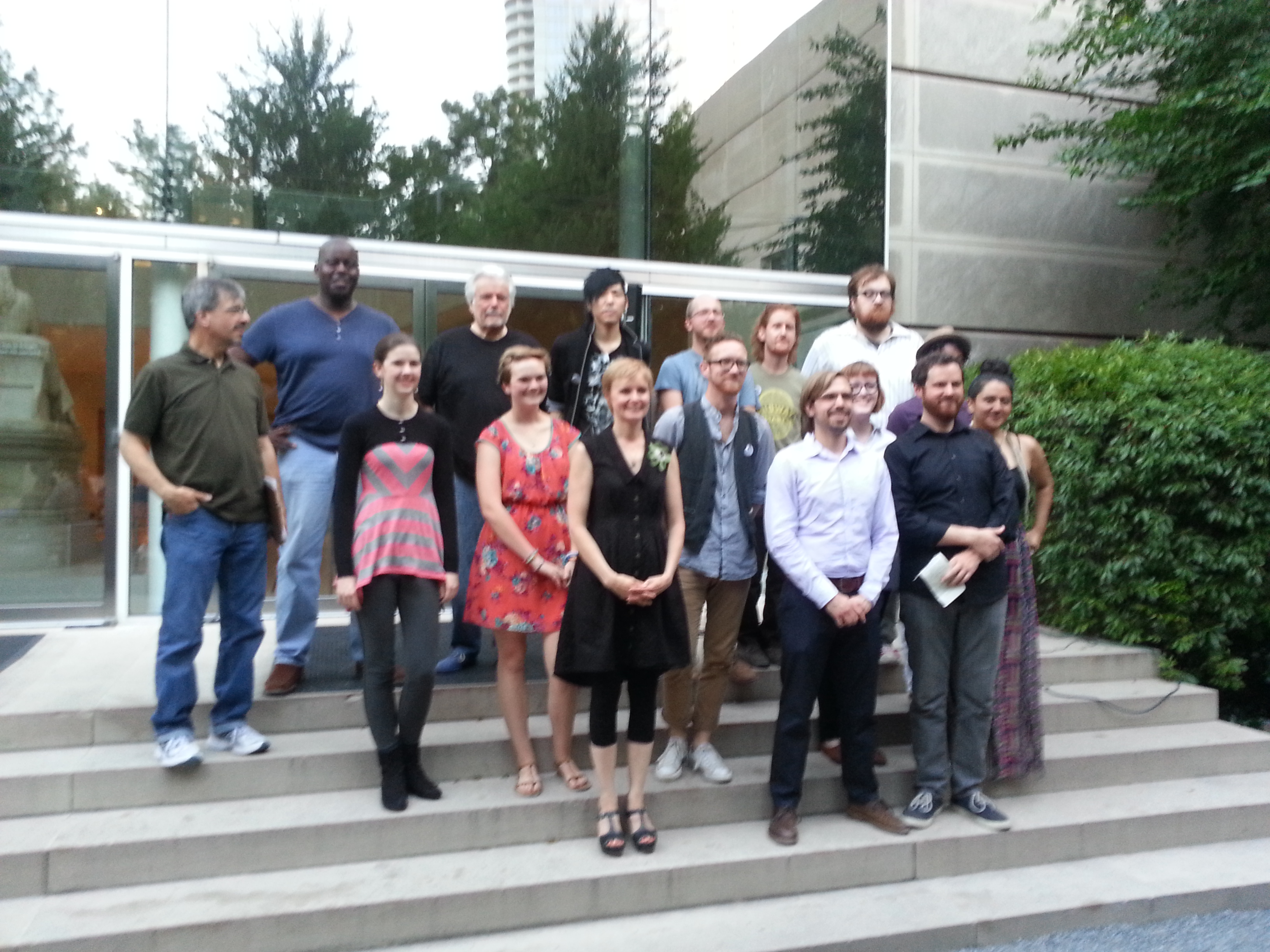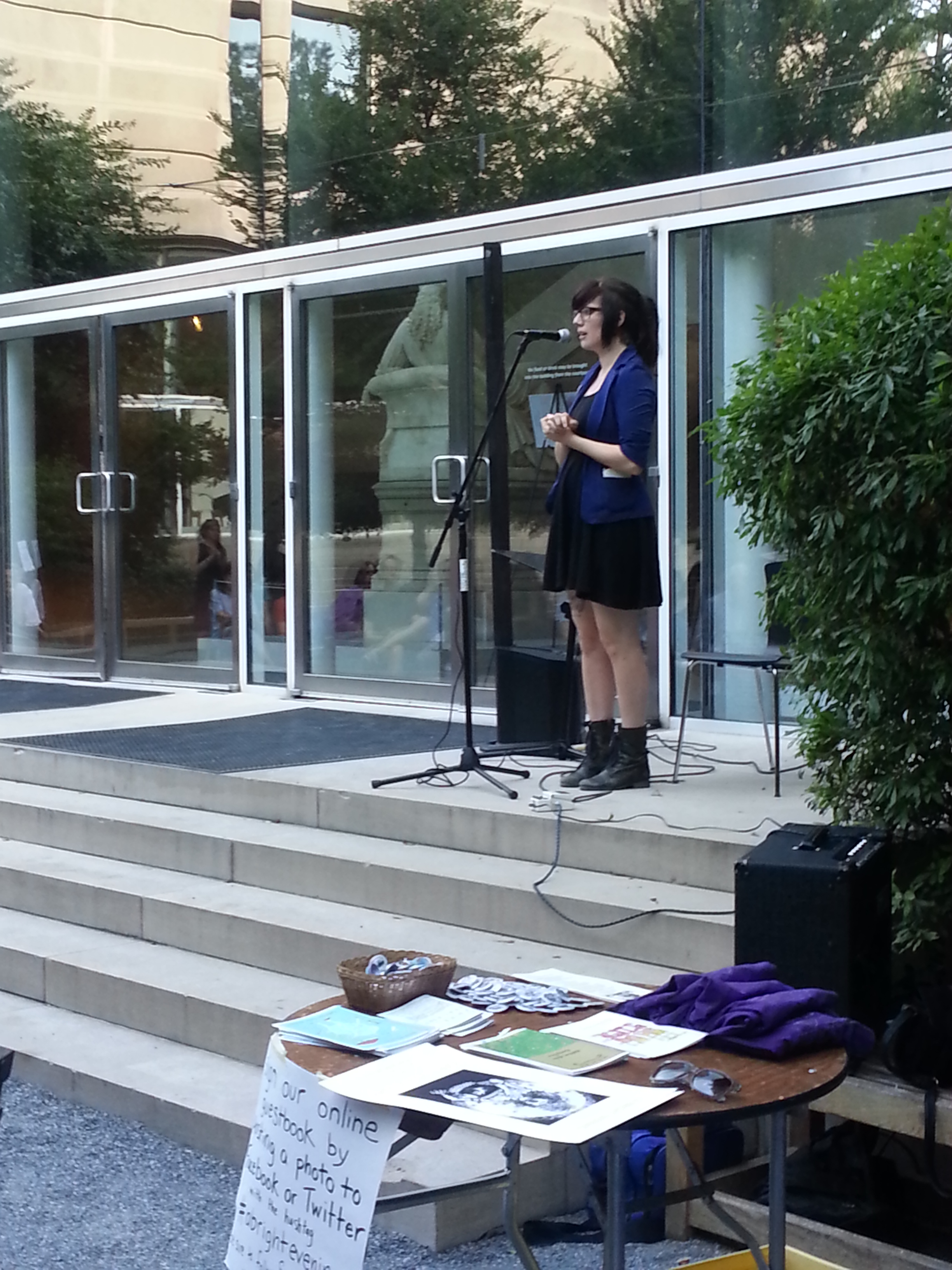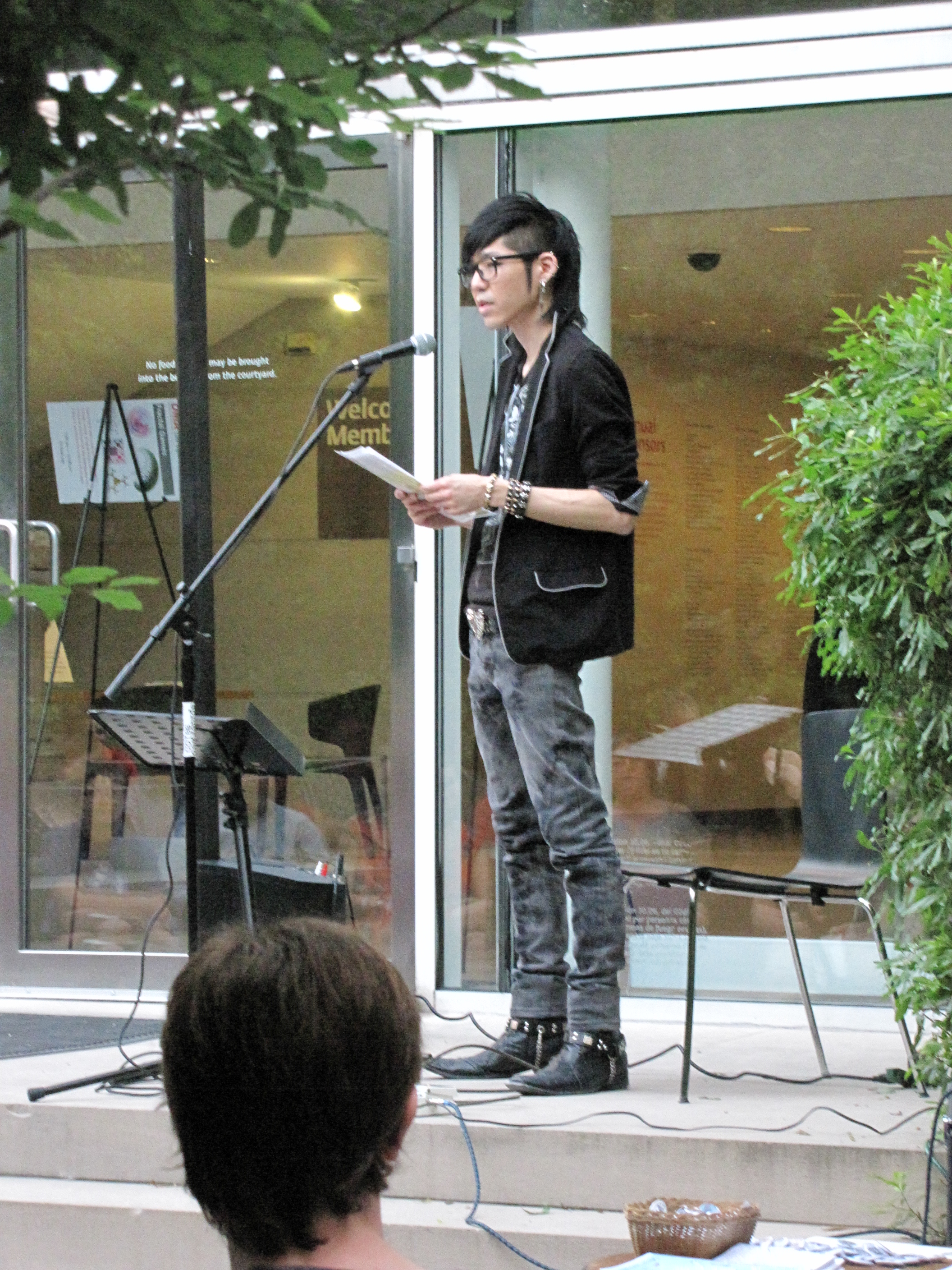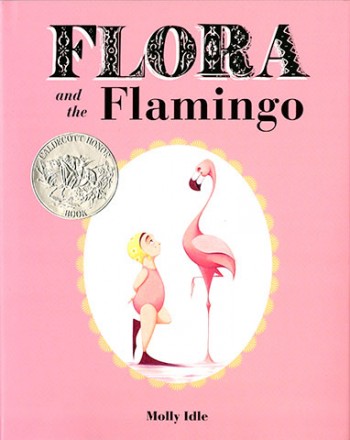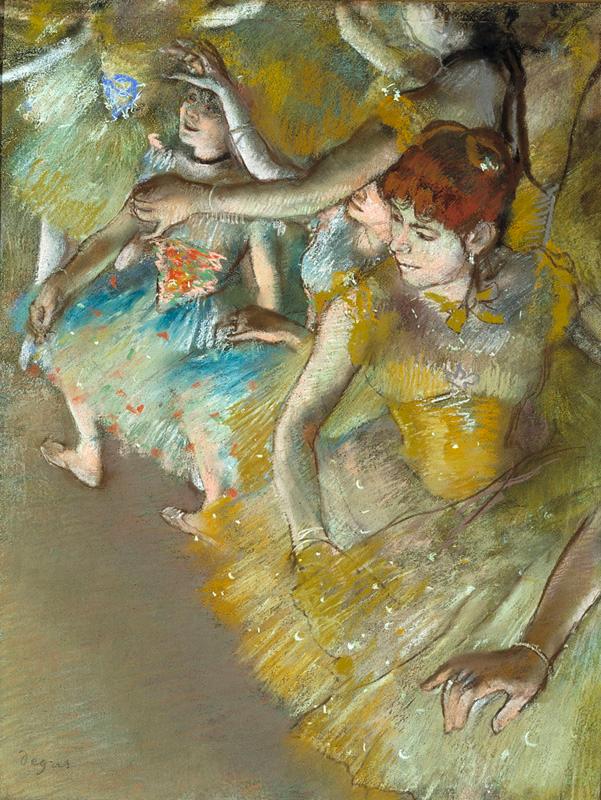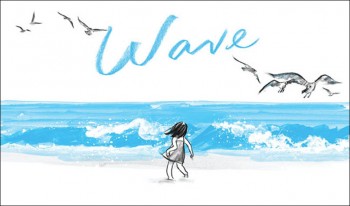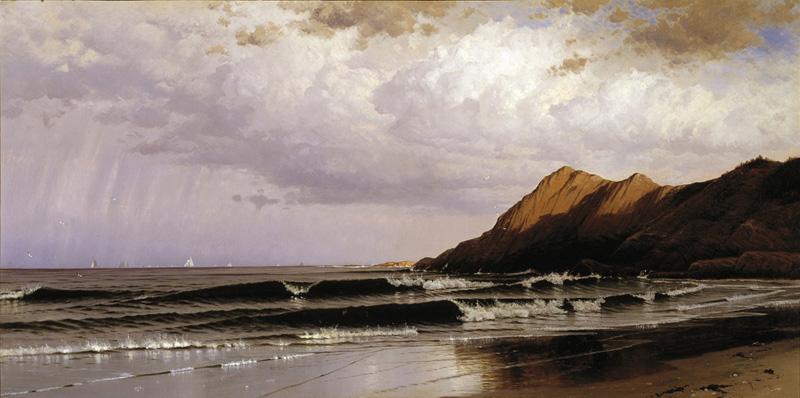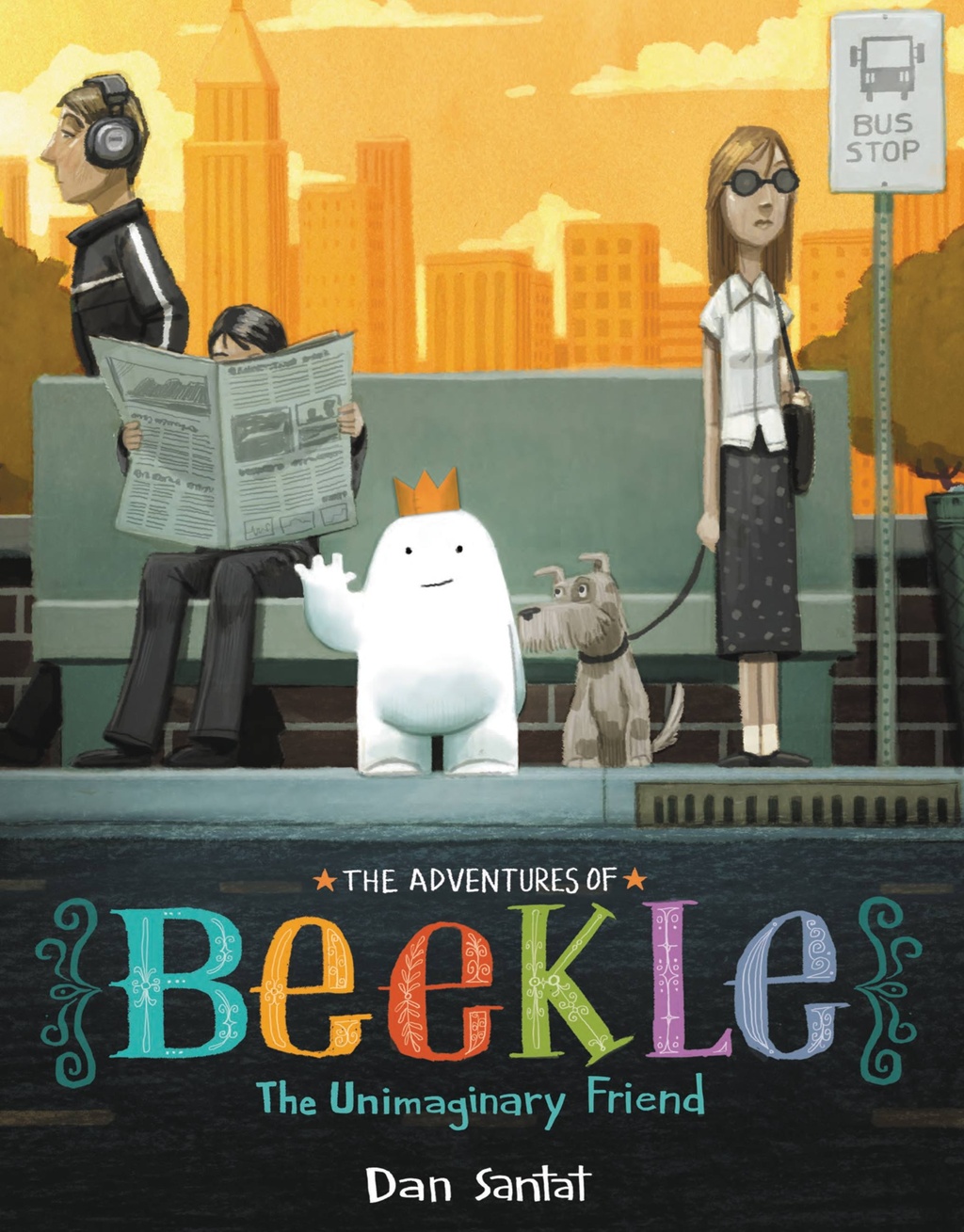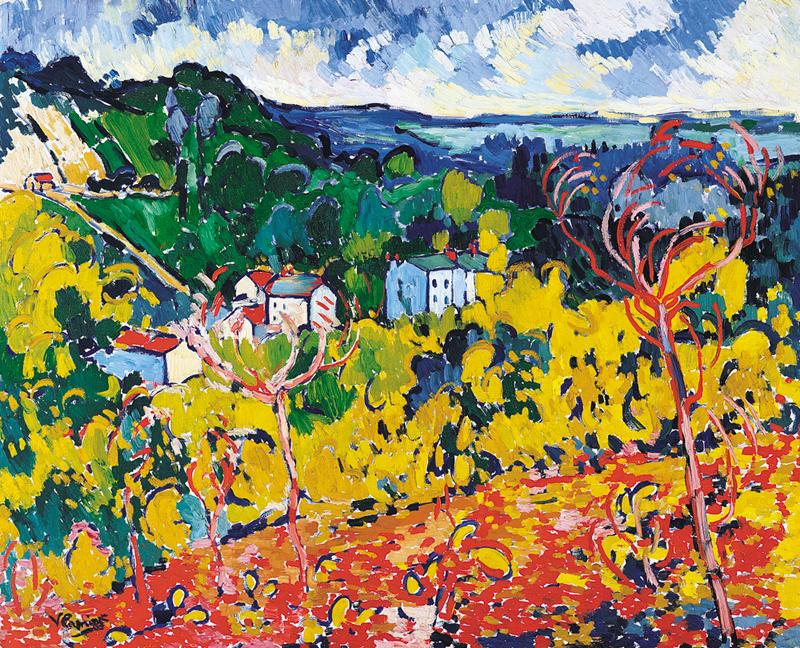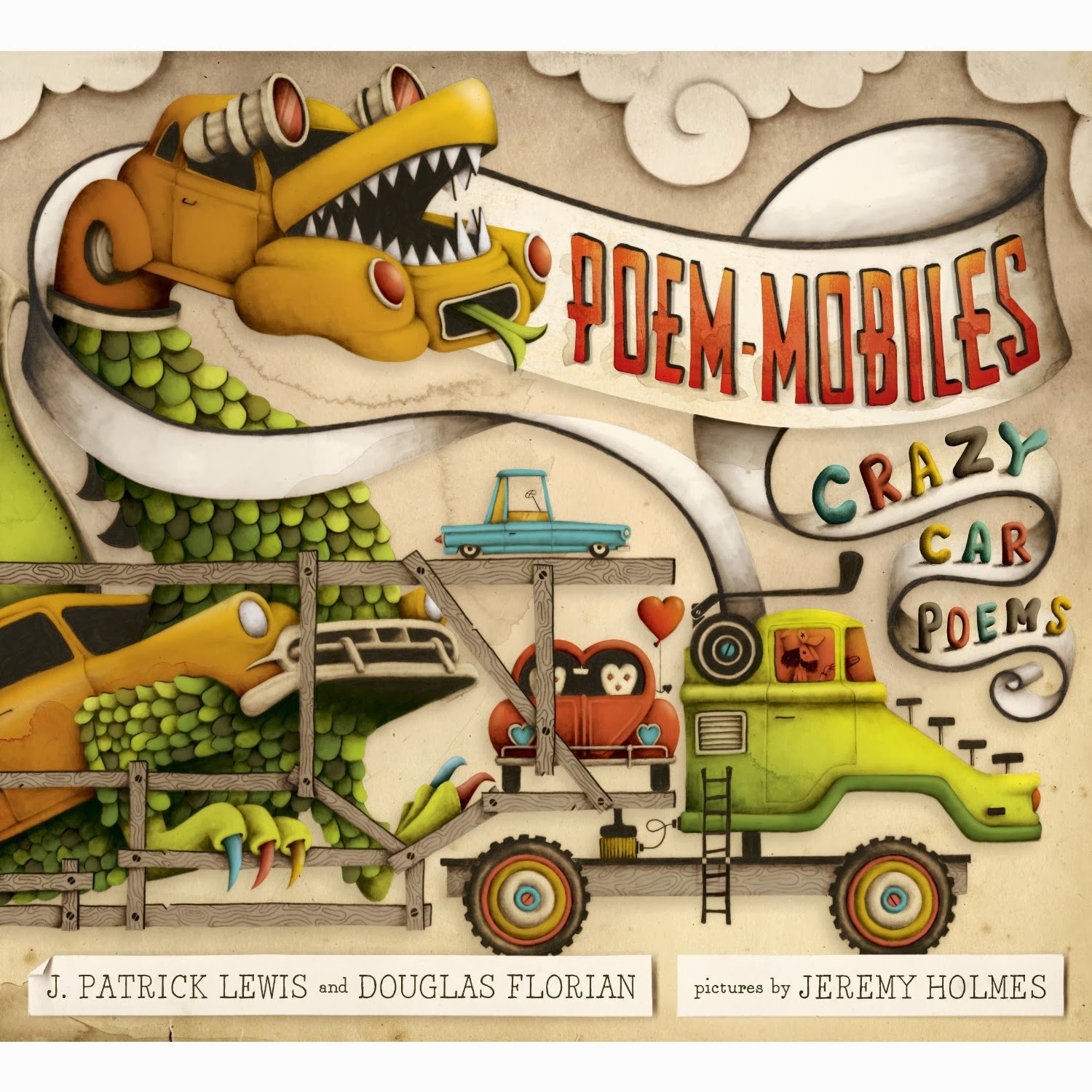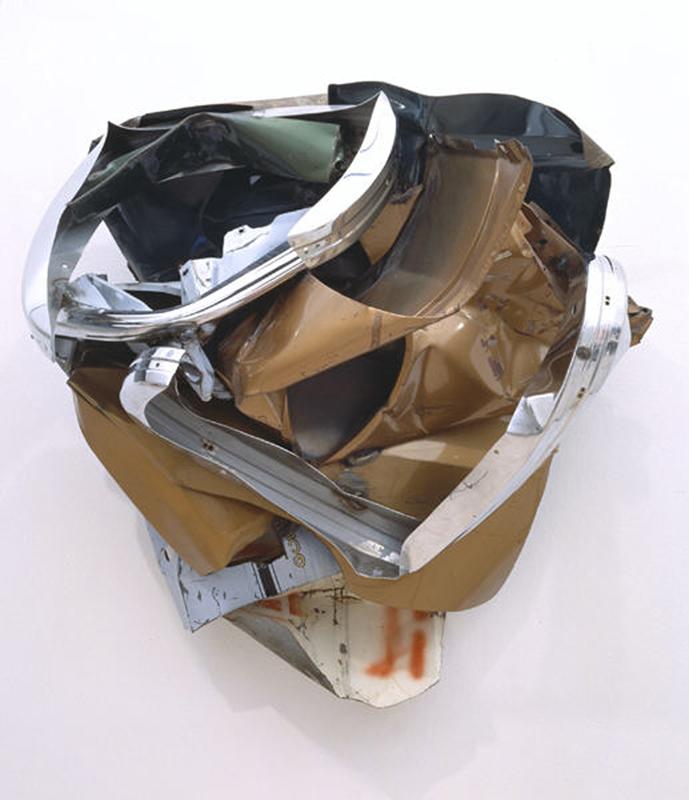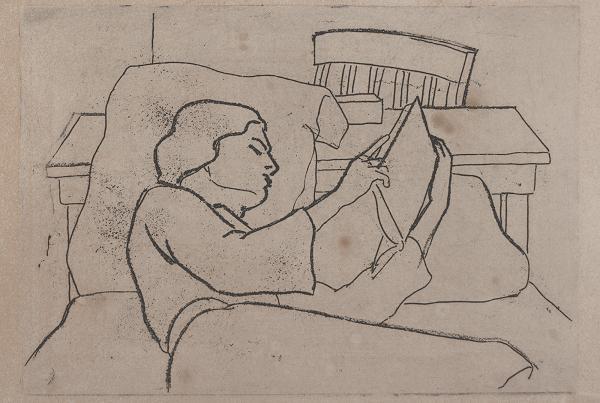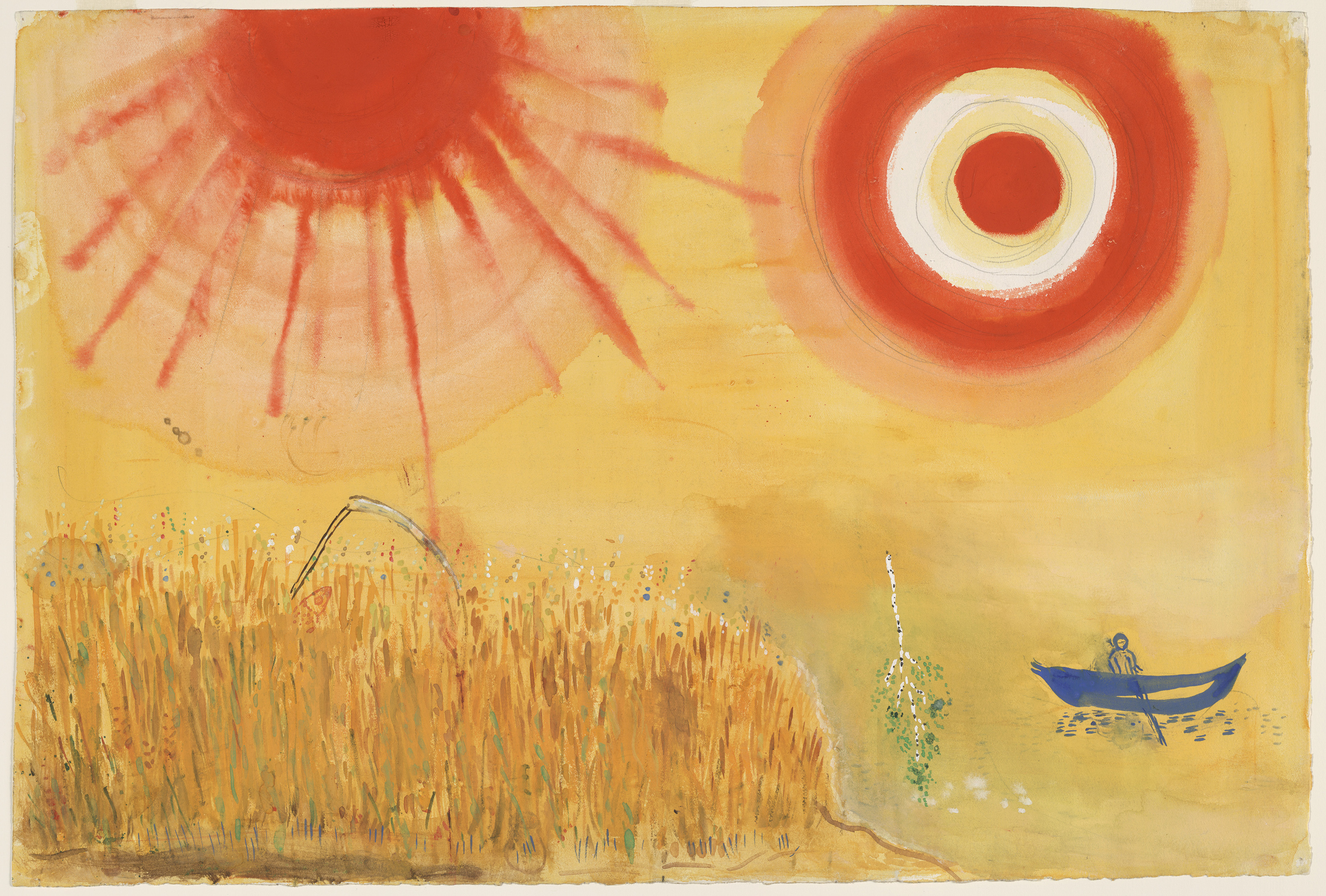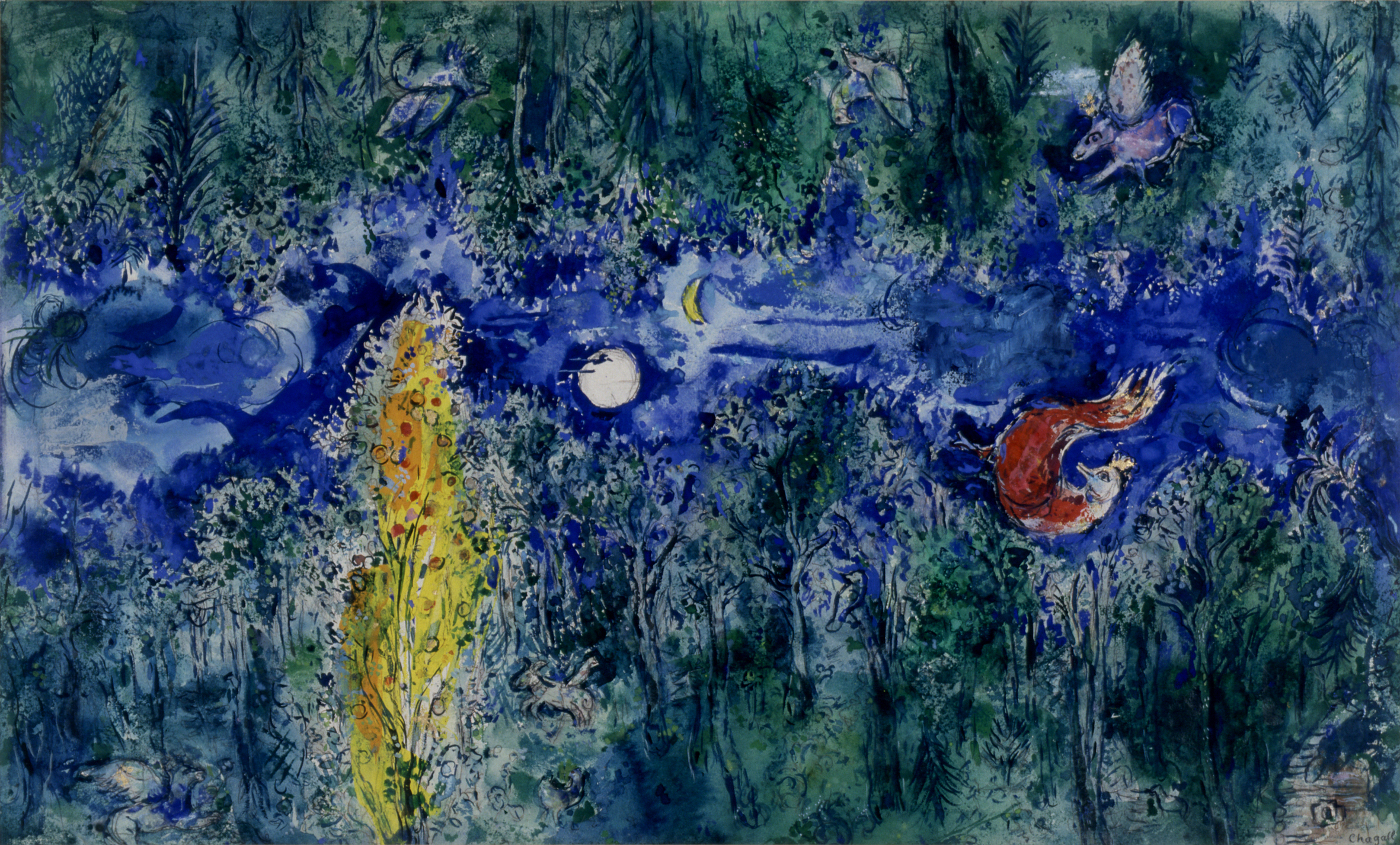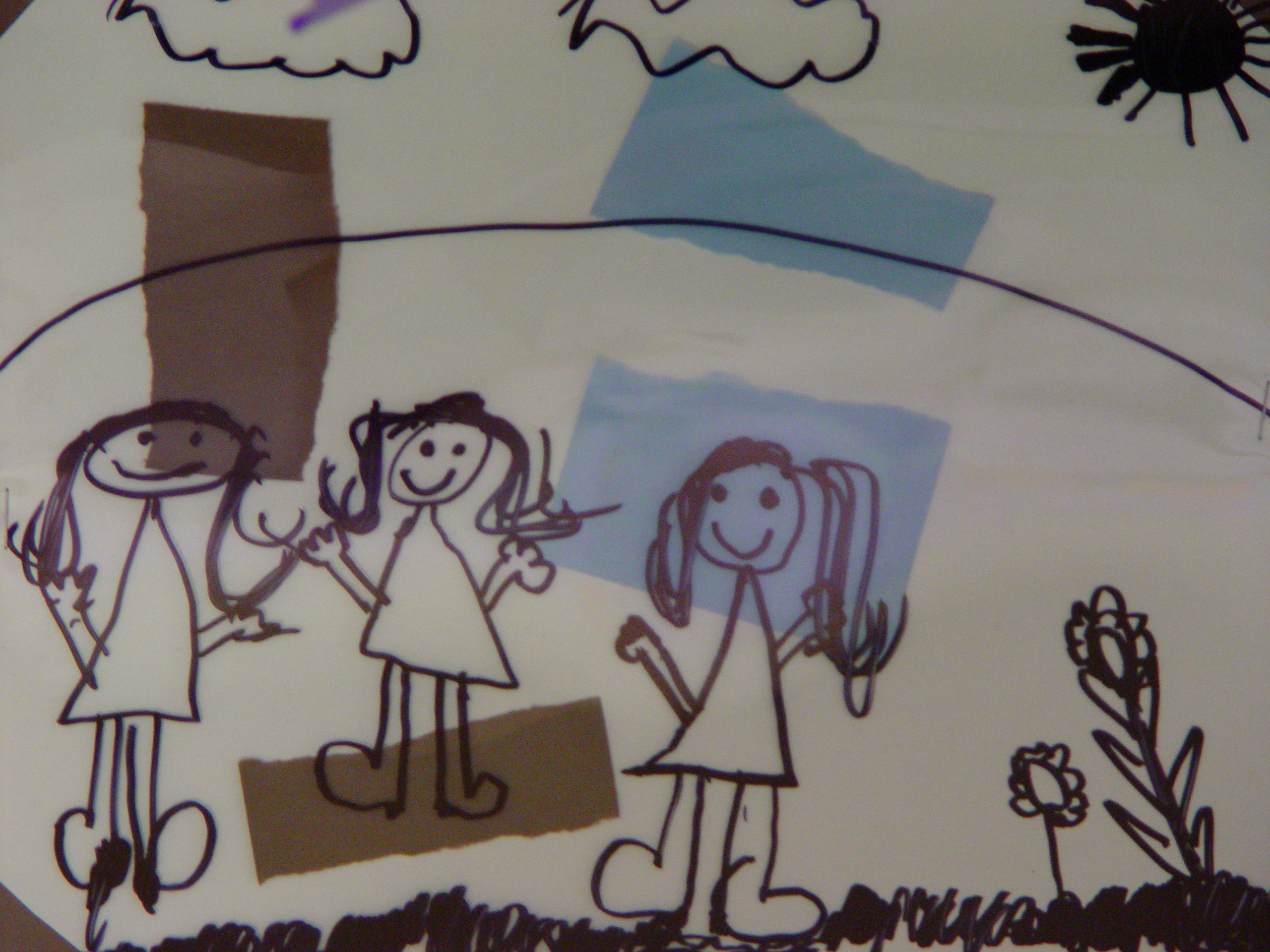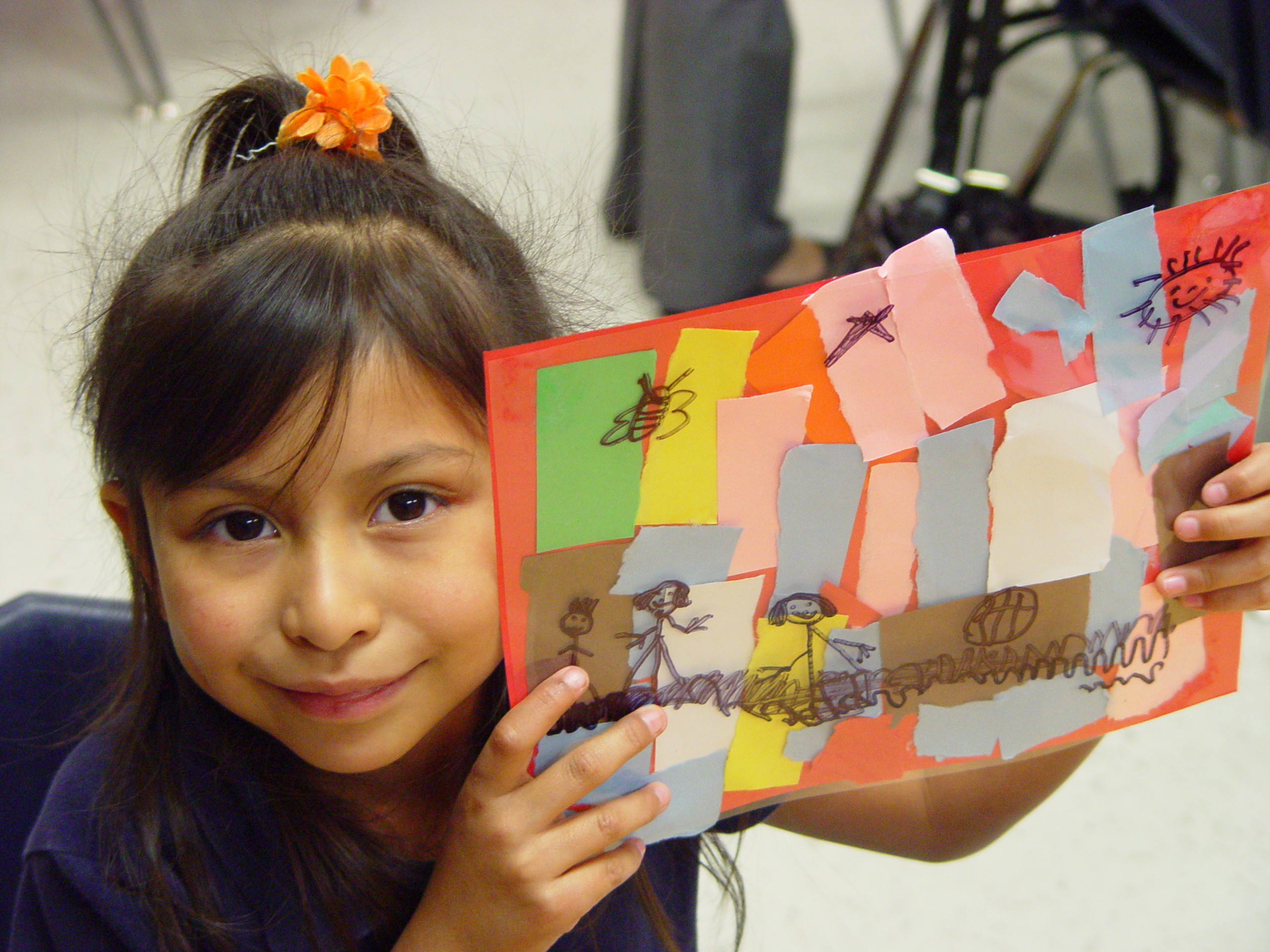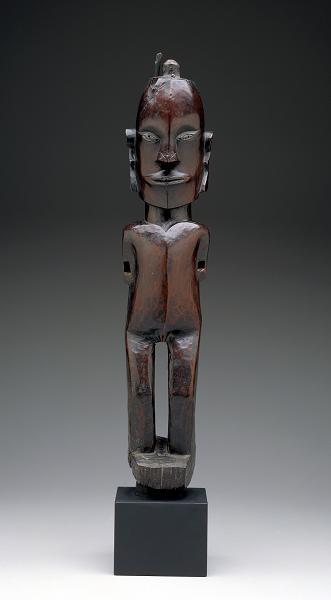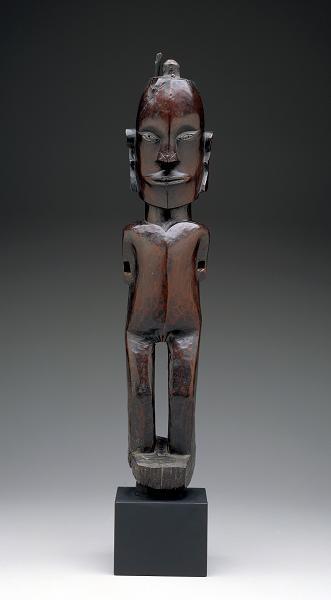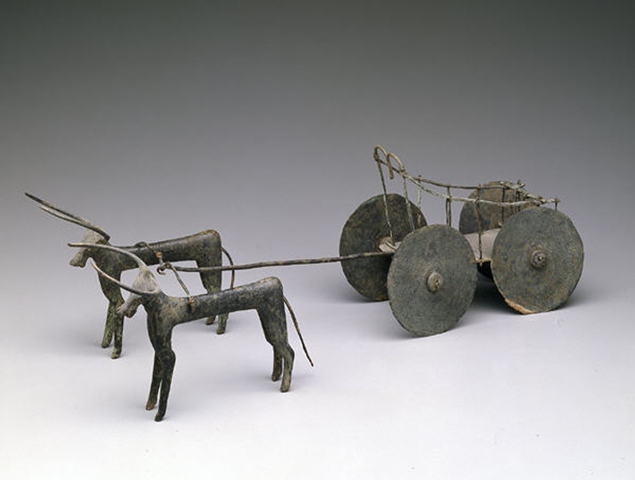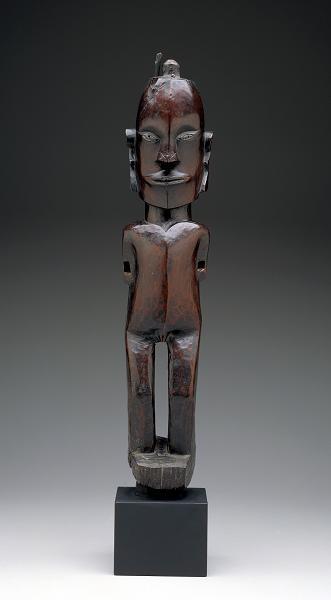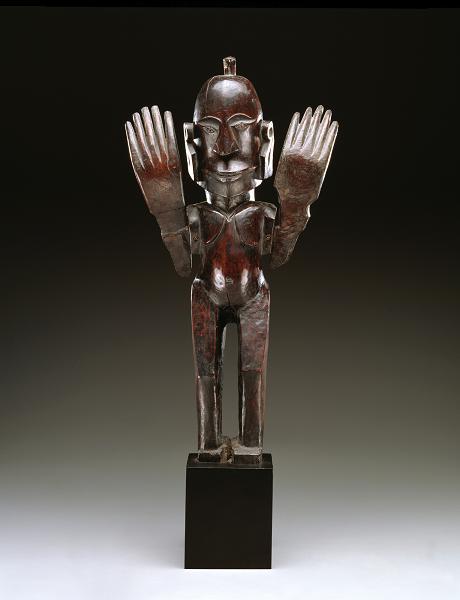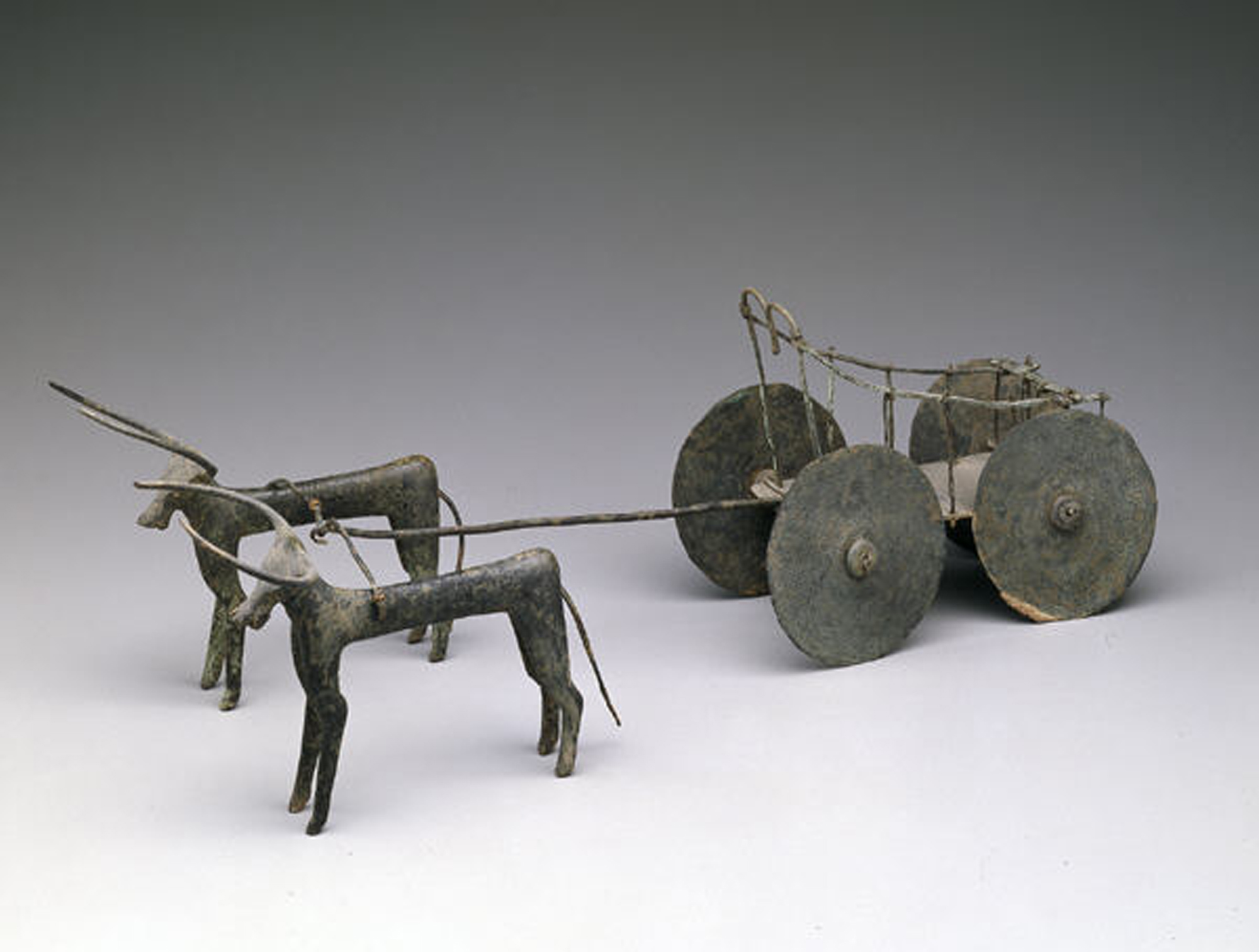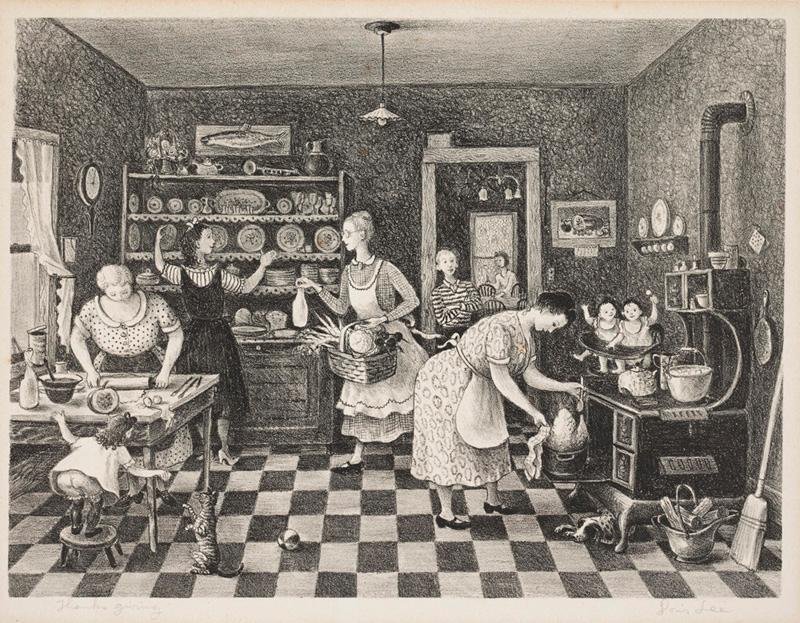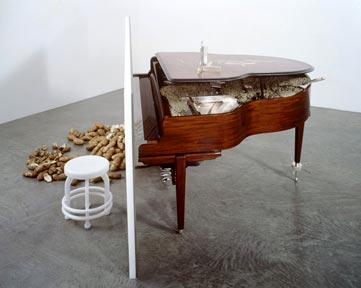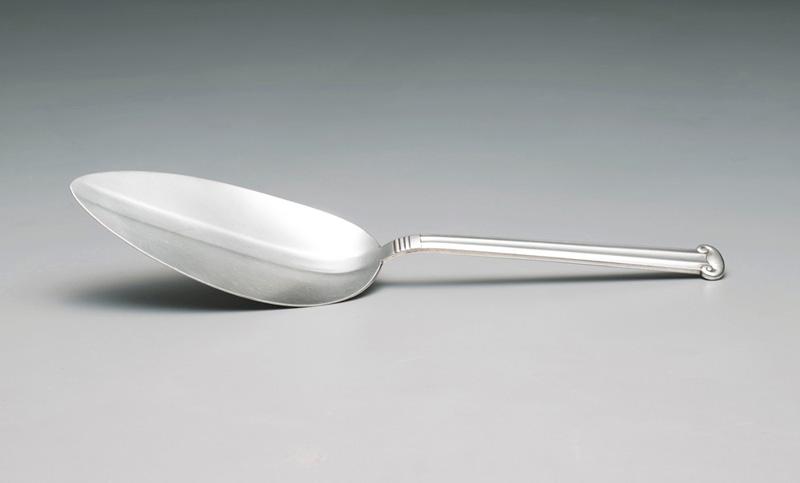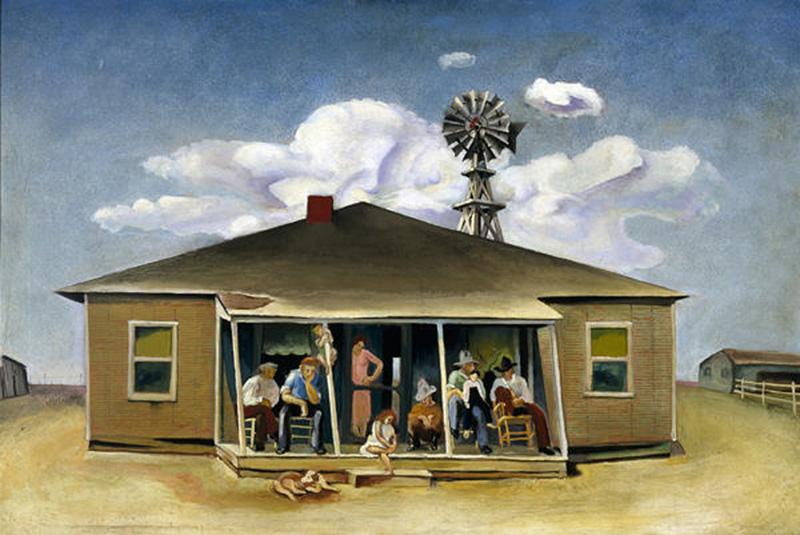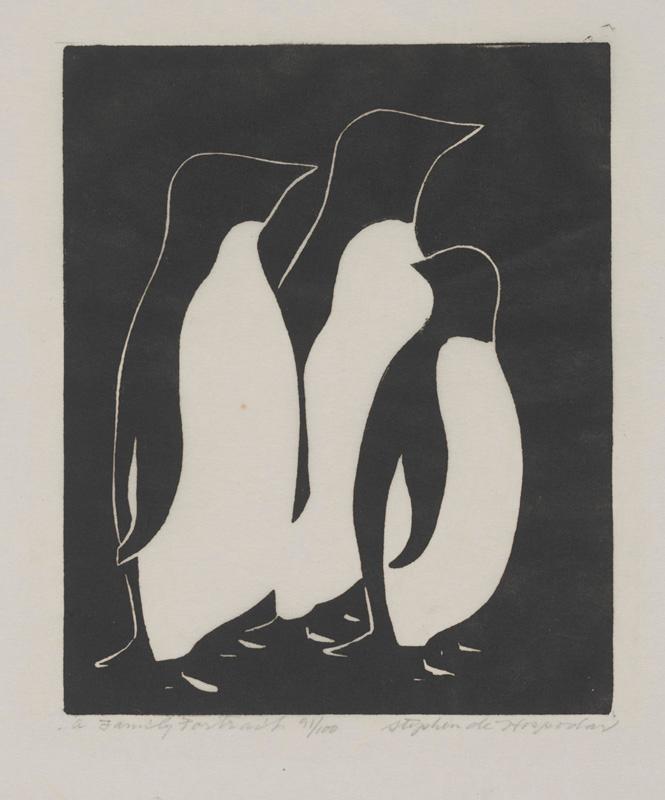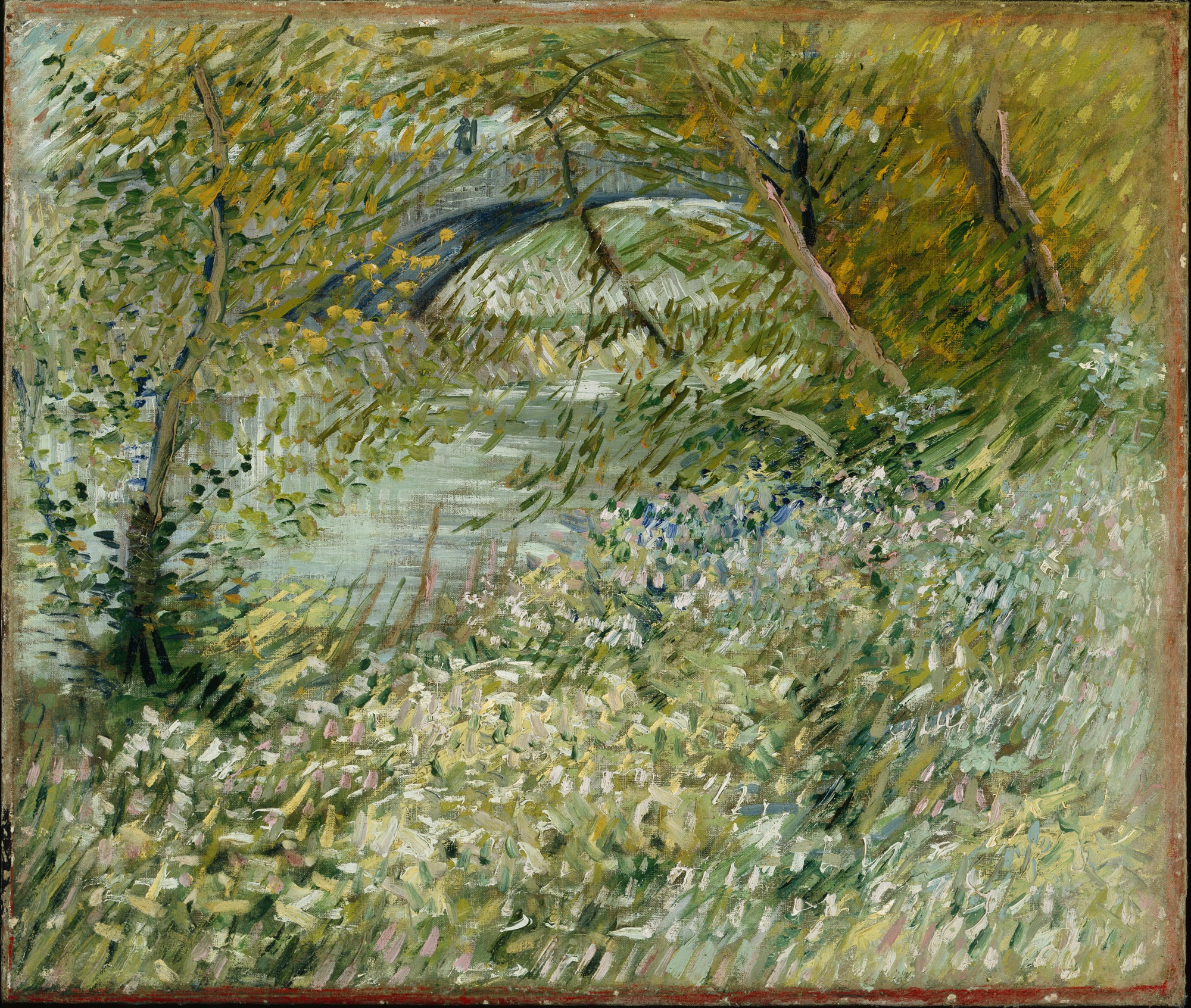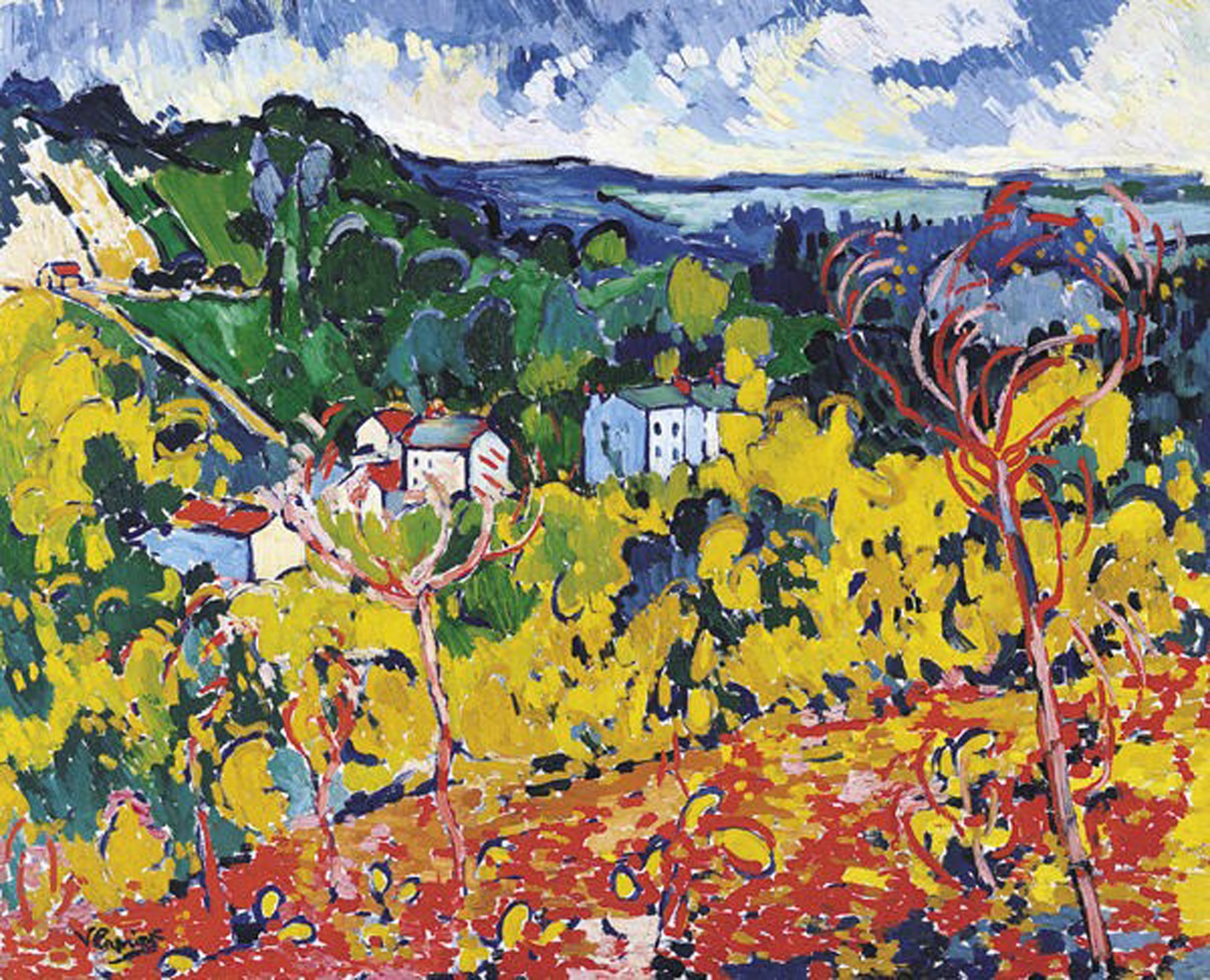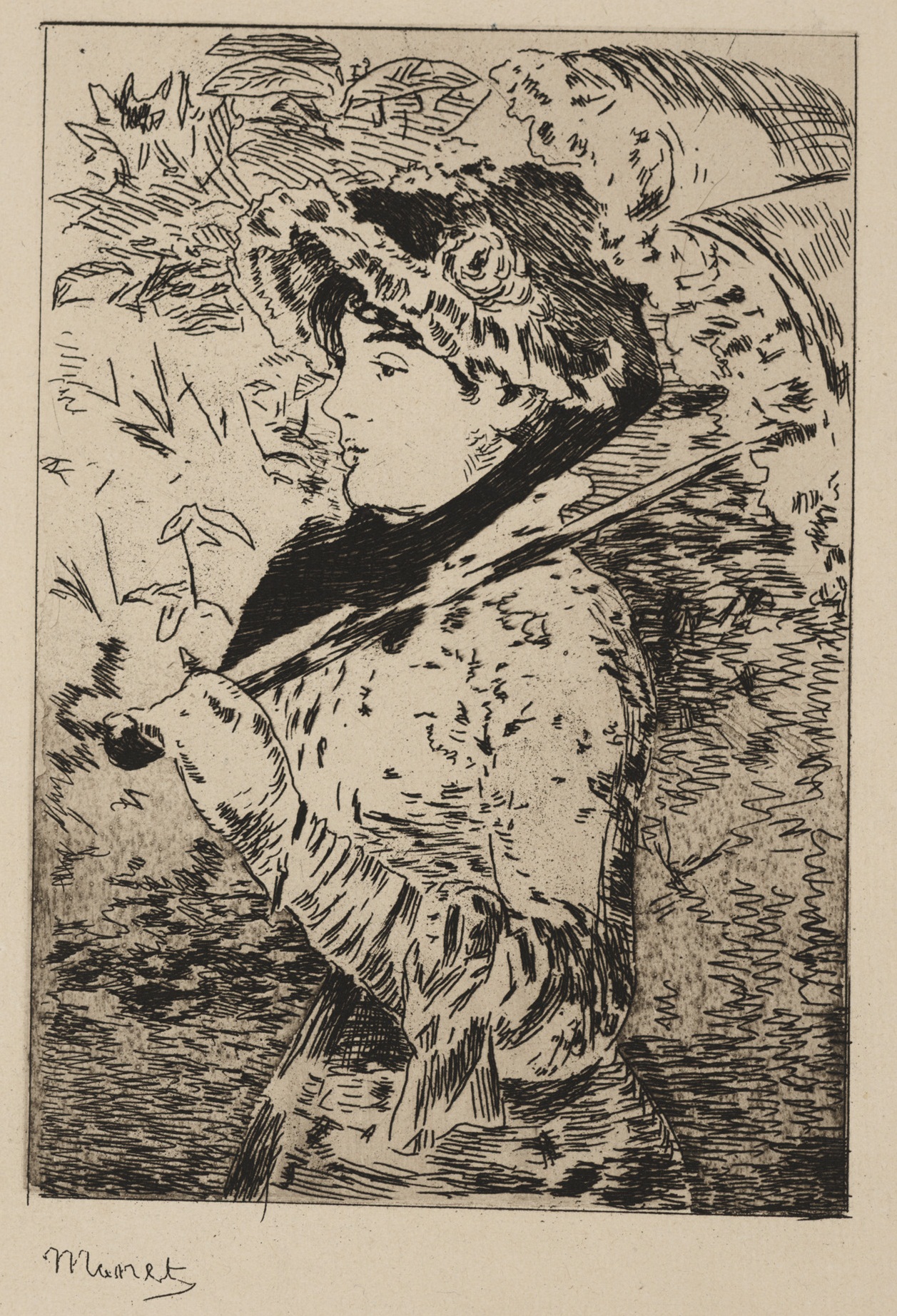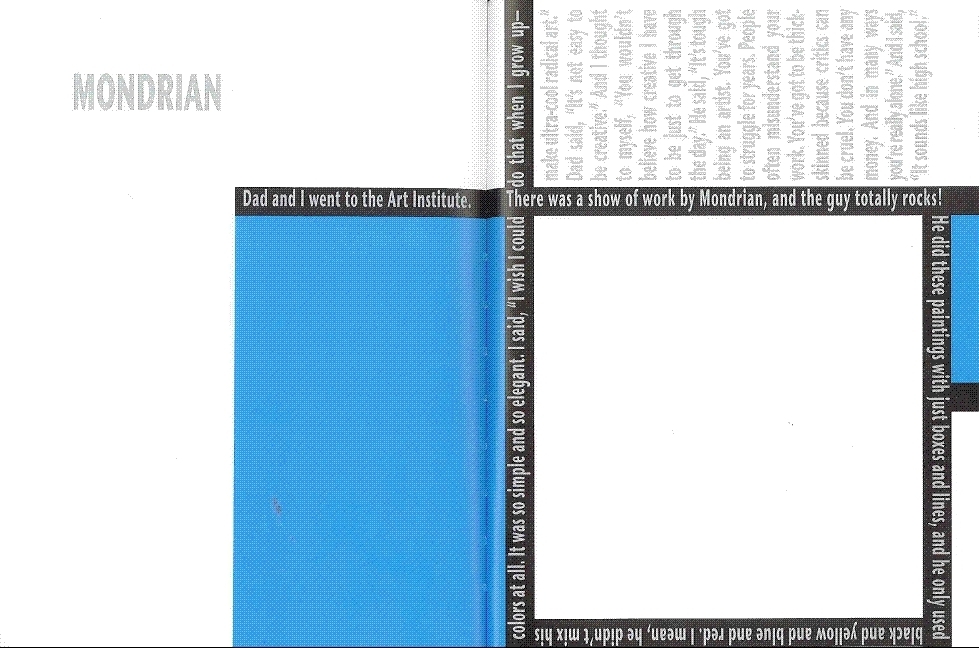Teens, adults, hipsters, parents, and those strolling the halls of the DMA were treated to a wonderful evening of spoken word, music, and light last Thursday, when Denton-based collective Spiderweb Salon hosted a poetry showcase with fifteen readers and musicians. The artists included participants from the Center for Creative Connection’s adult programs and Urban Armor teen programs mixed with well-known poets and musicians from the Denton area who are currently part of the Spiderweb Salon.
Inspired by the DMA’s exhibition Nur: Light in Art and Science in the Islamic World, Spiderweb Salon called the event A Bright Evening and the musicians and writers used light as the basis of their compositions. The showcase was hosted by poet and Spiderweb Salon co-founder Courtney Marie. Below are some highlights from the evening:
- A Bright Evening
- Erica GDLR
- Jordan Batson
- Ann Marie Newman
- Conor Wallace and Courtney Marie McCreedy
- Poets and Musicians
- Courtney Marie McCreedy
- Kiki Ishihara
Listen to one of the musical performances:
[bandcamp width=100% height=120 album=4041772308 size=large bgcol=ffffff linkcol=0687f5 tracklist=false artwork=small track=600836008]
We were pleased to feature the following poets and musicians performing at A Bright Evening:
Bess Whitby
Evan Simmons
Chris Garver
Chris George
Ann Marie Newman
Ryan Creery
Monique Johnson
Nate Logan
Ennis Howard
Conor Wallace
Frank Polgar
Erica GDLR
Jordan Batson
Kiki Ishihara
Carson Bolding
Make sure to follow Spiderweb Salon on Facebook and stay connected to what is happening in the Center for Creative Connections!
Amanda Batson
Program Coordinator for the Center for Creative Connections
